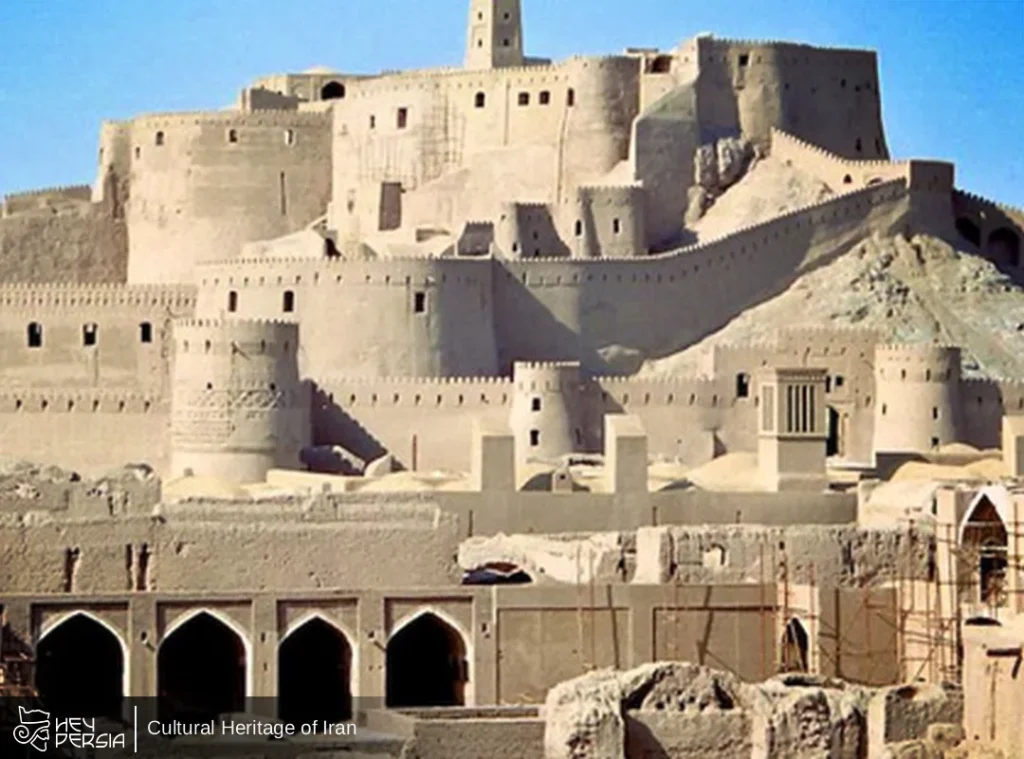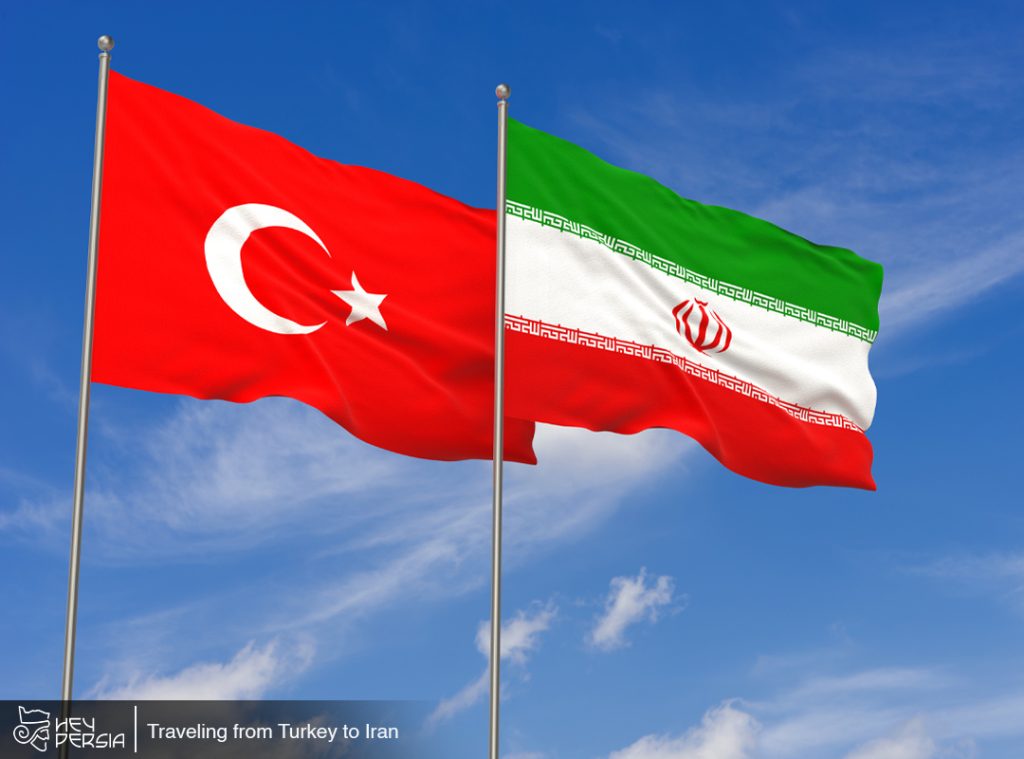Few countries can rival the depth and continuity of Iran’s cultural heritage. Spanning over 5,000 years of recorded history, Iran — known for most of its past as Persia — has influenced art, science, architecture, and philosophy across Asia, the Middle East, and beyond. From the ruins of Persepolis to the calligraphy in modern mosques, the cultural heritage of Iran represents not just a collection of monuments, but a living spirit that still defines Iranian life today. Stay with Hey Persia.
In 2025, Iran is embracing both preservation and innovation, using technology and sustainable tourism to keep its heritage alive for future generations.
Ancient Civilizations — The Birthplace of Empires

Iran’s history begins long before the rise of Islam. The region was home to some of the earliest civilizations in the world, including the Elamites, Medes, and later the mighty Achaemenid Empire. Founded by Cyrus the Great in the 6th century BCE, this empire became a model of governance and tolerance — ruling from India to Greece and respecting local religions and customs.
The remains of Persepolis, near the modern city of Shiraz, stand as a powerful symbol of this era. Its grand staircases, reliefs of kings and envoys, and carved stone lions tell the story of an empire built on unity through diversity.
Other historical gems from this period include Pasargadae, Cyrus’s capital city, and Susa, one of the world’s oldest continuously inhabited cities. These sites, now UNESCO World Heritage properties, continue to attract historians and travelers fascinated by the origins of civilization.
Poetry and Philosophy — The Soul of Persian Culture
To understand Iran, one must understand its poetry. Persian poets have shaped not just Iranian identity but global literature. Writers such as Rumi, Hafez, Saadi, and Ferdowsi are still quoted in daily life, their verses engraved on walls and whispered at gatherings.
In Iran, poetry is not just an art form — it’s a way of living. People recite Hafez to make decisions, seek advice, or celebrate love. Every home has his Divan (book of poems), often consulted during Nowruz, the Persian New Year.
Beyond poetry, Iran has also contributed to philosophy and science. Figures like Avicenna (Ibn Sina) and Omar Khayyam were pioneers in medicine, mathematics, and astronomy. Their work influenced both Eastern and Western thought for centuries.
The ongoing popularity of Persian literature and thought shows how the cultural heritage of Iran continues to inspire minds worldwide.
Islamic Golden Age — Art, Architecture, and Wisdom

After the 7th century, Iran became one of the main centers of Islamic art and learning. Persian scholars, poets, and architects helped shape what we now call the Islamic Golden Age. Cities such as Isfahan, Shiraz, and Nishapur became centers of philosophy, science, and design.
One of the most visible legacies of this period is architecture. The great mosques of Iran — with their turquoise domes, mosaic tiles, and poetic geometry — remain breathtaking examples of harmony and precision.
Highlights include:
- Imam Mosque and Sheikh Lotfollah Mosque in Isfahan’s Naqsh-e Jahan Square.
- Jameh Mosque of Yazd, with its tall minarets and elegant symmetry.
- Shah Cheragh Shrine in Shiraz, glowing with thousands of mirrored tiles.
Iranian architecture reflects not only faith but philosophy — a deep belief in balance, symmetry, and beauty as pathways to divine understanding.
Festivals and Cultural Celebrations
Iran’s calendar is filled with festivals that celebrate nature, spirituality, and community. The most famous is Nowruz, the Persian New Year, which marks the arrival of spring around March 21. Homes are cleaned, tables are decorated with symbolic items, and families gather to welcome renewal and light.
Other notable celebrations include:
- Yalda Night: The longest night of the year, celebrated with poetry readings and fruit, symbolizing victory of light over darkness.
- Chaharshanbe Suri: A fire-jumping festival held before Nowruz to burn away bad luck.
- Ashura: A solemn religious observance honoring the story of Imam Hussein, marked by processions and community gatherings.
These festivals reveal the depth of Iranian culture — a blend of ancient Zoroastrian customs and Islamic values, reflecting continuity across millennia.
Traditional Crafts and Art Forms

Iran’s artistic traditions are as diverse as its landscapes. Every region has its specialty — a craft that carries the story of its people and environment.
- Persian Carpets: Known globally for their quality and design, Iranian carpets are considered works of art. Each pattern has meaning — from floral motifs symbolizing paradise to geometric forms representing cosmic order.
- Miniature Painting: Originating in the royal courts, Persian miniatures depict stories from epic poems like Shahnameh with delicate colors and gold leaf.
- Calligraphy: Persian calligraphy is a visual expression of language itself, turning poetry and scripture into flowing art.
- Metalwork and Ceramics: Cities like Kerman and Yazd still produce hand-engraved copper and turquoise-inlaid pottery, preserving skills passed down through generations.
These crafts are not just souvenirs — they are living traditions, sustained by families and workshops that blend heritage with innovation.
Museums and Cultural Preservation in 2025
In recent years, Iran has invested heavily in protecting its cultural heritage. The National Museum of Iran in Tehran continues to expand its digital archives, offering virtual tours for global audiences. New regional museums have opened in Kerman and Tabriz, showcasing artifacts from lesser-known civilizations.
UNESCO and local organizations are also working together to restore historical buildings and prevent damage from climate change and urban development. Advanced 3D scanning technology is being used to preserve fragile mosaics and manuscripts for future generations.
Cultural tourism is a growing trend in 2025, with new tours focused on heritage routes — such as the Silk Road, Persian Gardens Trail, and Zoroastrian Heritage Circuit. These initiatives aim to educate visitors while empowering local communities.
Living Culture — Iran Today
What makes Iran’s heritage unique is that it’s not frozen in museums — it’s alive in everyday life. From the tea houses of Tehran to the bazaars of Tabriz, ancient traditions continue to coexist with modern art, cinema, and technology.
Young Iranians are increasingly blending tradition with creativity — designing fashion inspired by Persian patterns, producing contemporary music with classical instruments, and using digital media to tell their stories.
In cities like Isfahan, Shiraz, and Tehran, you’ll find art galleries, cultural cafés, and design studios that reinterpret Iran’s rich past through a modern lens. This dynamic energy ensures that Iranian culture remains not only preserved but also evolving.
Conclusion
The cultural heritage of Iran is more than monuments and manuscripts — it’s a living conversation between past and present. From the stone pillars of Persepolis to the delicate verses of Rumi, Iran’s heritage invites the world to see civilization not as something distant, but as something shared.
For travelers in 2025, exploring Iran means walking through time — where every street, song, and smile tells a story written over thousands of years. Few destinations offer such a profound connection between humanity’s history and its future.





